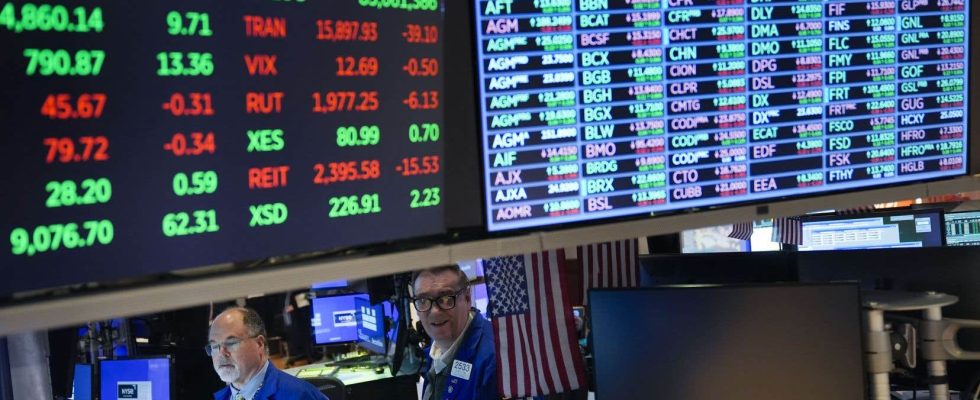This text is taken from Courrier de l’ économique. Click here to subscribe.
Why does the stock market always go up in the long term?
The evolution of the stock market involves cycles, bullish and bearish. As an illustration, according to an overview from the National Bank published in the context of the 2022 bear market, the American benchmark S&P 500 index had just experienced an 11e correction episode of 20% or more (from peak to trough) since 1956, 8 of which were accompanied by a recession.
The decline extends over 297 days on average if it is accompanied by a recession, otherwise 141 days. With a total loss of the index then reaching 37% and 28% respectively.
Economic activity is also cyclical. According to data from CD Howe, Canada has experienced 12 recessions since 1929, if we exclude 2015. A dozen recessions, therefore, since the Great Depression, the duration of which varies between three and nine quarters, if we abstraction of the exceptional period of the 1930s. If we also forget the crisis of 2020, which ultimately concentrated on two months (March-April) under the shock of the pandemic and the putting on pause of entire sections economy. The evolution of the stock market involves cycles, bullish and bearish. As an illustration, according to an overview from the National Bank published in the context of the 2022 bear market, the American benchmark S&P 500 index had just experienced an 11e correction episode of 20% or more (from peak to trough) since 1956, 8 of which were accompanied by a recession.
The decline extends over 297 days on average if it is accompanied by a recession, otherwise 141 days. With a total loss of the index then reaching 37% and 28% respectively.
Economic activity is also cyclical. According to data from CD Howe, Canada has experienced 12 recessions since 1929, if we exclude 2015. A dozen recessions, therefore, since the Great Depression, the duration of which varies between three and nine quarters, if we abstraction of the exceptional period of the 1930s. If we also forget the crisis of 2020, which ultimately concentrated on two months (March-April) under the shock of the pandemic and the putting on pause of entire sections economy.
But yes, in the long term, the stock market trend is upward. A company’s stock price is primarily a function of its earnings per share and the price-to-earnings ratio, or multiple, which means how much the investor is willing to pay for each dollar of earnings. On an aggregate basis, we will talk about a market multiple and an indicator measuring the profits (realized or expected) of the companies making up a benchmark stock index. For example, the price-earnings ratio of the S&P 500 has historically hovered around 15 (i.e. 15 times the expected earnings of the companies making up the index).
The share (or market) price therefore varies according to earnings growth and the value of the price-earnings ratio, which can increase or decrease. We can guess it. Beyond business cycles, overall, corporate profits follow economic activity, whose long-term trend is also upward, if only because of the demographic variable.
As for the multiple, its level is influenced by profitability forecasts and the potential for profit growth, and it varies according to the opportunity cost, i.e. according to the return that could have been obtained from the best alternative. For example, in a low interest rate environment, the investor will be inclined to rely on stocks and will be willing to pay more for each dollar of profit per share. The opposite may be true.
Whether your questions concern personal finances, the energy transition, international trade or the real estate market, send them to us. Our team of journalists will work to answer them.
